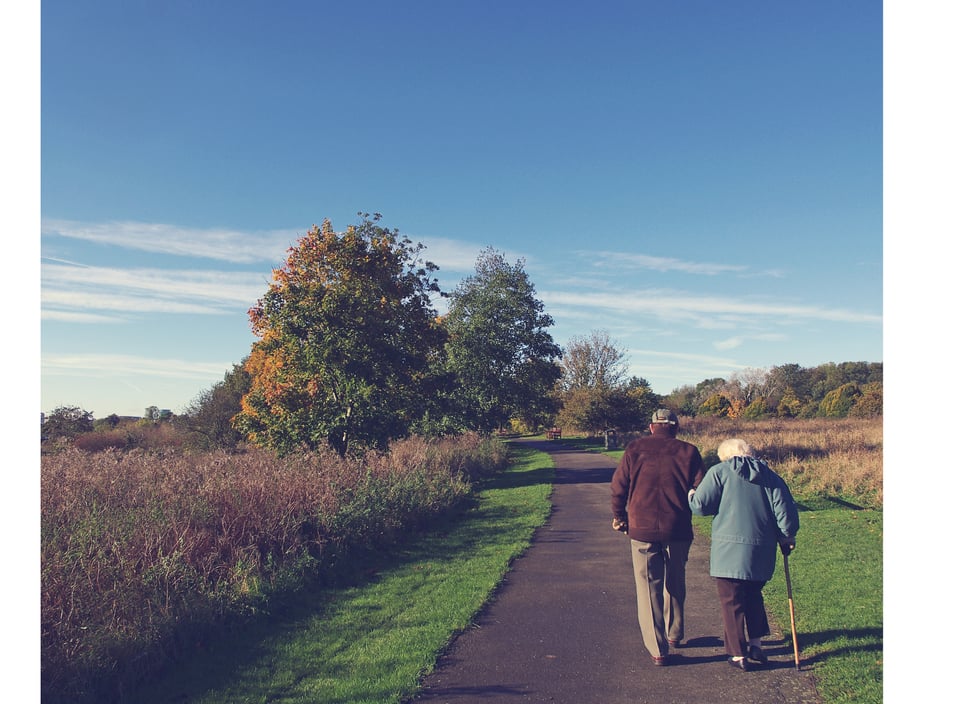Nemuno senelių namai
The Importance of Walking for the Elderly
CEO, Nemuno seneliu namai
9/30/2024


As warmer weather sets in, people are spending more and more time outdoors, enjoying the benefits of sunlight, fresh air, and engaging in various outdoor activities. For the elderly, this is a great opportunity to start moving more after being relatively inactive during the cooler months of the year. One of the best forms of physical activity for those over 65 is walking. It is gentle and light, not overly taxing on the body, yet provides a wide range of physical and mental benefits.
Heart disease is one of the most common health problems in old age, and regular walking helps improve heart function. The Centers for Disease Control and Prevention recommends that people aged 65 and older walk for at least 150 minutes a week. This might sound like a lot, but it’s just a little over 20 minutes a day, and those 20 minutes can fly by if you’re walking with a loved one or friend.
One of the best times to take a 20-minute walk is after a meal. Studies show that walking for about half an hour after eating lowers blood sugar levels in the elderly, helping prevent the onset of Type 2 diabetes and even aiding in the management of diabetes for those already suffering from it. Blood sugar levels peak within an hour to an hour and a half after eating, so it’s important to walk during this time.
From a physical standpoint, walking strengthens bones, muscles, and joints. All of these are concerns for the elderly, as bones become more brittle with age, muscles lose tone, and joints become stiff. A brisk walk, where you swing your arms, activates all the major muscle groups and keeps joints well lubricated. Walking also improves coordination, something that often becomes more challenging as we get older.
Walking also benefits mental health, as it releases chemicals known as endorphins into the brain. Endorphins regulate our mood and give a sense of well-being. After a brisk walk, tension and anxiety are reduced, and we’re left with a sense of accomplishment. If you can walk in a park or forest, surrounded by nature, the benefit is even greater, as natural surroundings induce relaxation and serenity. Endorphins not only enhance mood but also relieve pain. After a brisk walk, you’ll feel less pain compared to spending that time sitting in a chair. Seniors suffering from arthritis may be reluctant to walk much due to joint pain. However, studies show that regular walking can reduce joint pain, as walking lubricates knee and hip joints and strengthens the muscles around them. Stronger muscles reduce strain on the joints, making future movement less painful.
Walking also helps improve sleep quality. One study showed that the more steps an elderly person takes during the day, the better and longer they sleep at night. Better sleep, along with other benefits of walking, strengthens the immune system. Studies show that seniors who walk regularly and consistently for exercise are less likely to get common illnesses, and if they do, they recover more quickly. If you are 65 years or older, walking can lead you to a healthier and better old age.
CEO, Nemuno seneliu namai
